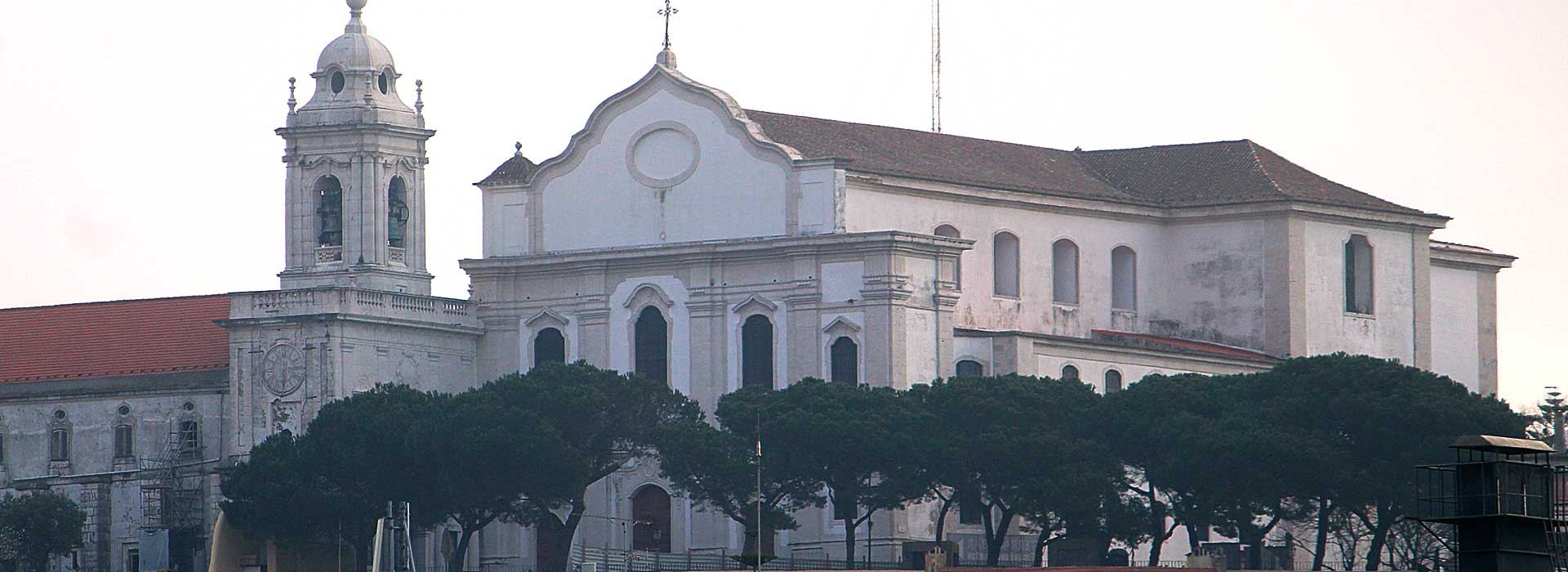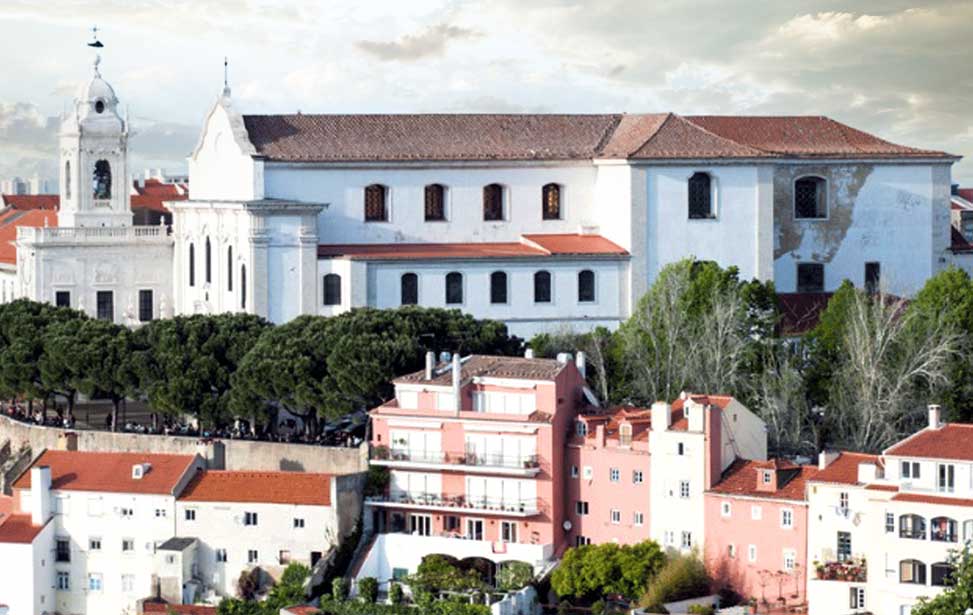
The Church and Convent of Graça (Igreja e Convento da Graça)
Welcome to the Church and Convent of Graça, a captivating historical site that occupies the highest point of Lisbon in the little square of Largo da Graça. Immerse yourself in the rich heritage of this landmark, which dates back centuries. Located in the charming Graça neighbourhood, accessing this cultural gem is a breeze. Visitors can easily arrive via the famous tram #28, an iconic Lisbon experience that winds through the city's picturesque streets. Upon arrival, marvel at the architectural spectacles of the church and convent, adorned with intricate details and steeped in religious significance. The Church and Convent of Graça was built in 1291 and is one of the oldest convents in Lisbon. Following extensive damage caused by the devastating earthquake of 1755, the Church and Convent were greatly restored, inheriting the Baroque style we see today.
Explore the interior to discover stunning artwork, serene chapels, and tranquil courtyards, offering a serene escape from the bustling city streets. Whether you're a history enthusiast, a religious pilgrim, or simply a curious traveller, a visit to the Church and Convent of Graça promises an unforgettable experience filled with cultural immersion and architectural wonders.
ABOUT

The Church and Convent of Graça (Igreja e Convento da Graça)
INTERIOR
The ceiling is an ornately painted masterpiece that applies grisaille techniques and is carved woodwork is inlaid with gold. The walls are partly decorated in 16th and 17th-century azulejo tiles. There are several paintings and statues found inside. Up a flight of stairs in the right transept, there is a statue depicting christ carrying the cross wearing bright purple robes. Each Easter it heads a procession through Lisbon's streets. The sacristy has two monumental armchairs carved from marble. FREETuesday - Friday: 09h00 - 18h00, Saturday: 09h30 - 12h30/14h30 - 18h00, Sunday: 09h30 - 12h30/17h00 - 20h00, Monday: CLOSED
Getting to the Church and Convent of Graça (Igreja e Convento da Graça)
| 10B, 13b, 734, 797 | |
| 28 |
94 Largo da Graça, 1170-165 Lisbon, Portugal.
38° 42' 58.5" N | 09° 07' 51.9" W | +351 218 873 943
MIRADOURA DA GRAÇA

Miradoura da Graça
Officially called Sophia de Mello Breyner Andresen, this viewpoint is colloquially known as the Miradoura da Graça. Here too for your refreshment is an open-air café. The terrace's relaxing atmosphere has become a favourite haunt for young locals, especially in the late afternoon when the sun sets. During the summer, it remains open well into the night.



 Lisbon Card Discounts
Lisbon Card Discounts








